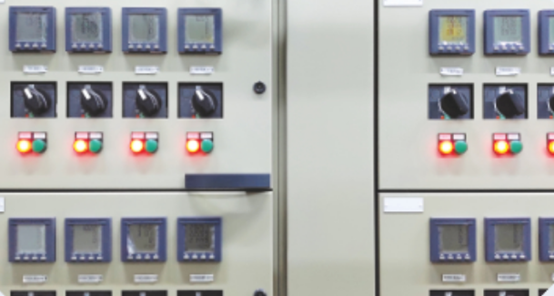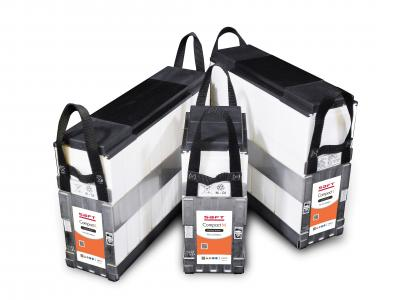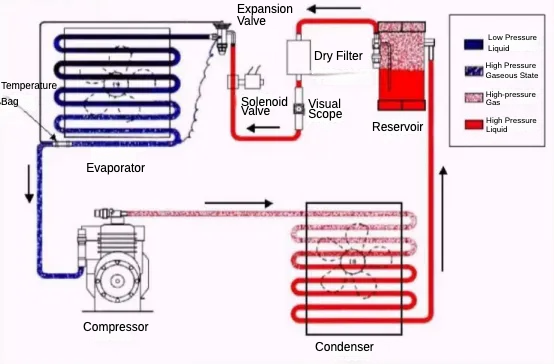How to select a VFD for a motor is a problem that technicians and business quotation personnel often encounter. This article will introduce some methods and ideas on the selection of VFD for motor.
1. Installation Environment and Application

Before delving into technical specifications, it’s crucial to assess the installation environment and application where the VFD will be utilized. Consider the following factors:
a) Ambient Temperature: The VFD should operate within the specified temperature range to ensure proper cooling and prevent overheating.
b) Humidity and Dust Levels: If the environment is humid or dusty, consider a VFD with appropriate enclosures to protect against moisture and airborne particles.
c) Vibration and Shock: In environments with excessive vibration or shock, select a VFD designed to withstand these conditions.
d) Electromagnetic Interference (EMI): If EMI is a concern, choose a VFD with EMI shielding to minimize interference with other electronic devices.
e) Application Requirements: Understand the specific application requirements, such as the need for special features like soft starting, braking, or reversing.
2. Motor Characteristics:

The motor’s characteristics play a pivotal role in VFD selection. Carefully consider the following parameters:
a) Motor Type: Ensure the VFD is compatible with the motor type, such as AC induction motors, permanent magnet synchronous motors, or synchronous reluctance motors.
b) Motor Speed, Current, Voltage: The VFD’s output ratings (frequency, voltage, and current) must match or exceed the motor’s requirements.
c) Motor Load: The VFD should be capable of handling the motor’s maximum load without overloading.
d) Motor Temperature Rise: Select a VFD that can maintain the motor within its permissible temperature rise limits.
3. Torque Requirements:

Torque is a crucial factor in determining the VFD’s capacity. Consider the following:
a) Starting Torque: Ensure the VFD can provide the necessary starting torque to overcome the initial load of the application.
b) Running Torque: The VFD’s continuous torque rating should be equal to or greater than the motor’s maximum running torque.
c) Torque-Speed Characteristics: If the application demands variable torque-speed characteristics, select a VFD with advanced torque control features.
4. Acceleration Time:
Acceleration time refers to the time it takes for the motor to reach its desired speed. Consider the following:
a) Application Requirements: Determine the acceptable acceleration time based on the application’s speed change requirements.
b) VFD Acceleration Rate: Choose a VFD that can provide the desired acceleration rate without causing mechanical stress on the motor or system.
5. Duty Cycle:
The duty cycle represents the percentage of time the motor operates within a given period. Consider the following:
a) Continuous Duty: For continuous operation, select a VFD with a 100% duty cycle rating.
b) Intermittent Duty: If the motor operates intermittently, consider the duty cycle percentage and the VFD’s ability to handle the load pattern.
6. Drive Type:
VFDs come in various configurations, each with unique characteristics:
a) Open-Loop VFDs: These are cost-effective and suitable for basic applications with constant load conditions.
b) Closed-Loop VFDs: These provide precise speed and torque control, ideal for applications with variable load or demanding control requirements.
c) Servo Drives: These offer the highest level of control and are used in high-precision applications like robotics and CNC machines.
7. Brand and Reputation:
Brand selection is very important from both a business and technical perspective. There are hundreds of brands on the market, and ABB, Siemens, and Schneider are imported brands with a relatively large market share. Here is a brief introduction to the brands of frequency converters:
European and American brands: ABB, Siemens, Schneider, Weiken, SEW, AB, Danfoss, Emerson, Eaton, Lenze…
Japanese and Korean brands: Fuji, Yaskawa, Mitsubishi, Omron, Toshiba, Sanken, Hitachi, Toshiba, Panasonic, Samsung Taiwan Delta, TECO…
Chinese brands: Huichuan, INVT, Leader Harvest, Puchuan, Sanjing, Orei, STEP, Convo, Blue Ocean Huateng, Pioneer, Senlan, Sine, etc.
8. Power Rating:
The commonly used powers of frequency converters are 0.75KW, 1.5 KW, 2.2 KW, 3.7 KW, 5.5 KW, 7.5 KW, 11 KW, 15 KW, 18.5 KW, 22 KW, 37 KW, 45 KW, 55 KW, 75 KW, 90 KW, 110 KW, 132 KW, 160 KW, 185 KW, 200 KW, 220 KW, 250 KW, 285 KW, 312 KW, 355 KW. Generally, frequency converter models are defined by power size. For example, Siemens 6SE6430-2UD33-0DB0 is a 30KW frequency converter, but ABB model is defined by current, ACS510-01-046A-4 is 46A 22KW. It is worth noting that the control panels of imported brands need to be purchased separately, and the price of the frequency converter does not include the control panel, while Chinese frequency converters generally include a control panel.
Generally speaking, the power of the motor is the basis for selecting the inverter power. However, it is worth noting that the actual motor current value should be used as the basis for selecting the inverter, and the rated power of the motor can only be used as a reference. The load of fan and water pump applications is relatively small, and general inverter manufacturers have special series inverters. China’s is generally the P series, and imports such as ABB generally use ACS510, Siemens 430, Schneider ATV61, etc., and some special occasions with large loads generally need to be appropriately enlarged.






